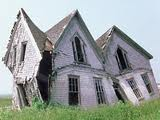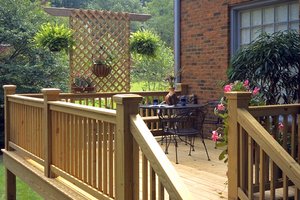Sat 1 Dec 2012
Top 10 Winter Energy Conservations Tips
Posted by Cynthia under Home Improvements, Home Ownership
Comments Off

Small actions can go a long way in help you manage energy use!
Winter is pretty much here and with it are the cold temperatures and high energy bills. With the following winter energy saving tips, you can help manage and reduce your electricity and natural gas use. “Small actions can go a long way in helping Ontario families manage electricity use and cut energy costs. It’s important to remember that the least expensive type of energy is the energy we don’t use. Conservation is an important part of the government’s plan to lower greenhouse gas emissions and transition to a clean, reliable modern electricity system.” says Chris Bentley, Minister of Energy.
- Install a programmable thermostat, so you can lower your heat when sleeping or when not home
- Eliminate drafts around doors, windows with weatherstrips
- Have your furnace filter changed monthly and inspected each season
- Run your dishwasher, washer and dryer in the early morning, evening or weekends
- Unplug any electronic device not used, or turn off the power bar
- Keep the closet and crawlspace doors closed to keep the heat in
- Use energy efficient light bulbs (CFLs, LEDs)
- During the day, let the sun shine in and warm up the space
- Clean the dust off your fridge coils in the back
- Repair any leaky faucets
During the week (Monday to Friday) energy prices peak twice: in the early morning and in the evening mainly due to space heating, plus increased lighting and appliance use. During the weekends and holidays the demand is lower. Here are the current rates per kilowatt hour (since May 1, 2012):
Off-peak (7 pm – 7 am) 6.3 cents
Mid-peak (11 am – 5 pm) 9.9 cents
On-peak (7 am – 11 am, 5 pm – 7 pm) 11.8 cents
Following these energy conservations tips will not only benefits your bottom line, but also helps build a cleaner energy system in Ontario and reduces environmental impact by lowering emissions of greenhouse gases. For more information or to learn more about energy conservations, visit saveONenergy.ca.

